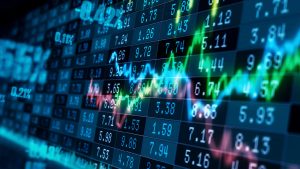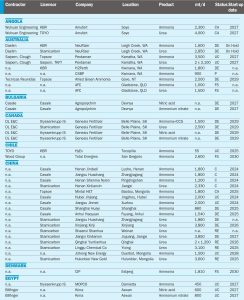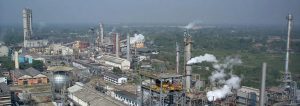
New boilers enhance performance and reliability
A European ammonia plant, has successfully restarted following a revamp of the process gas cooling section, executed by Casale. Casale replaced the outdated boilers located downstream of the secondary reformer with three new double-tube type boilers supplied by Arvos. The new boilers were installed in the same location as the previous ones, minimising investment costs and plant modifications. The more robust and reliable design of the Casale-Arvos boilers has resulted in enhanced overall performance and reliability of the ammonia plant.






